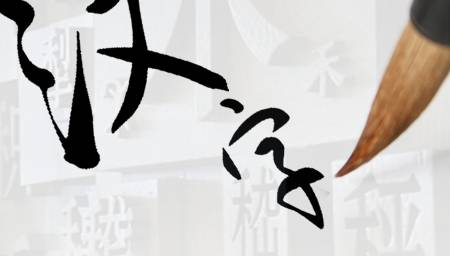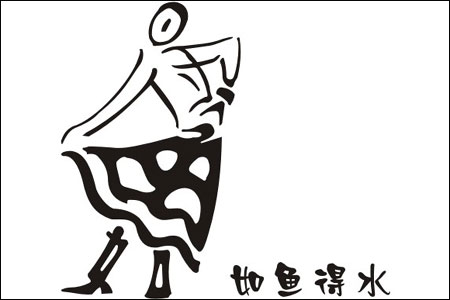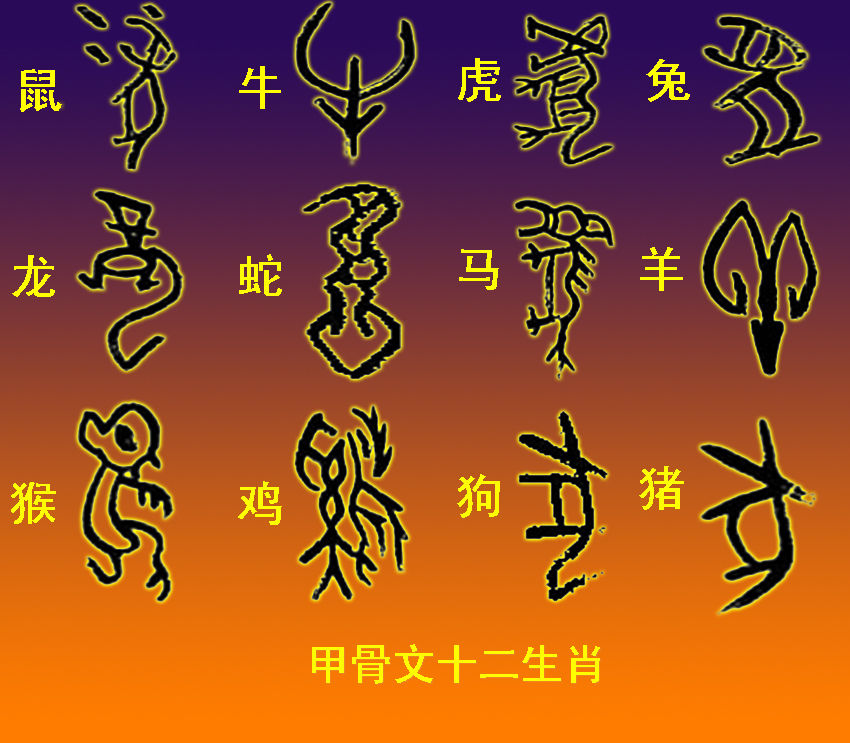Ancient Chinese Characters
2 min readA Chinese character,also known as a Han character(;Hanzi),is a logogram used inwriting Chinese(hanzi),Japanese(kanji),less frequentlyKorean(hanja),and formerly Vietnamese(han tu),and otherlanguages.Chinese characters are also known as sinographs,and the Chinese writing system as sinography.Chinesecharacters are the oldest continuously used system of writingin the world.

The number of Chinese characters contained in theKangxi Dictionary is approximately 47,035,although a largenumber of these are rarely used variants accumulated throughout history.Studies carried out inChina have shown that full literacy in the Chinese language requires a knowledge of betweenthree and four thousand characters.In the Chinese writing system,the characters are monosyllabic,each usually correspondingto a spoken syllable with a basic meaning.However,although Chinese words may be formedby characters with basic meanings,a majority of words in Mandarin Chinese consists of two ormore characters(thus are polysyllabic)and have meanings that are not only distinct from buldependent on the characters they are made from.Cognates in the various Chinese languagesdialects which have the same or similar meaning but different pronunciations can be written withthe same character.
Chinese characters have also been used and in some cases continue to be used in otherlanguages,most significantly Japanese(where a single character can represent several spokensyllables),Korean,and Vietnamese.Chinese characters are used both by meaning to representnative words,ignoring the Chinese pronunciation,and by meaning and sound.to representChinese loanwords.These foreign pronunciations of Chinese characters are known as Sinoxenicpronunciations,and have been useful in the reconstruction of Ancient Chinese.

The traditional picture of an orderly series of scripts,each one invented suddenly and thencompletely displacing the previous one as implied by neat series of graphs in popular books onthe subject,has been conclusively demonstrated to be fiction by the archaeological finds andscholarly research of the last half century.Gradual evolution and the coexistence of two or morescripts was more often the case.As early as the Shang dynasty,oracle bone script coexisted as asimplified form alongside the normal script of bamboo books(preserved for us in typical bronzeinscriptions)as well as extra-elaborate pictorial forms(often clan emblems)found on manybronzes.

Based on studies of such bronze inscriptions,it is clear that from the Shang dynasty writingto that of the Western Zhou and early Eastern Zhou,the mainstream script evolved in a slow,unbroken fashion,until taking the form now known as seal script in the late Eastern Zhou in thestate of Qin,without any clear line of division.Meanwhile other scripts had evolved,especially inthe eastern and southern areas during the late Zhöu,including regional forms,such as the guwen”ancient forms”of the eastern Warring States preserved in the Han dynasty character dictionaryShuowen Jiezi as variant forms,as well as decorative forms such as bird and insect scripts.








